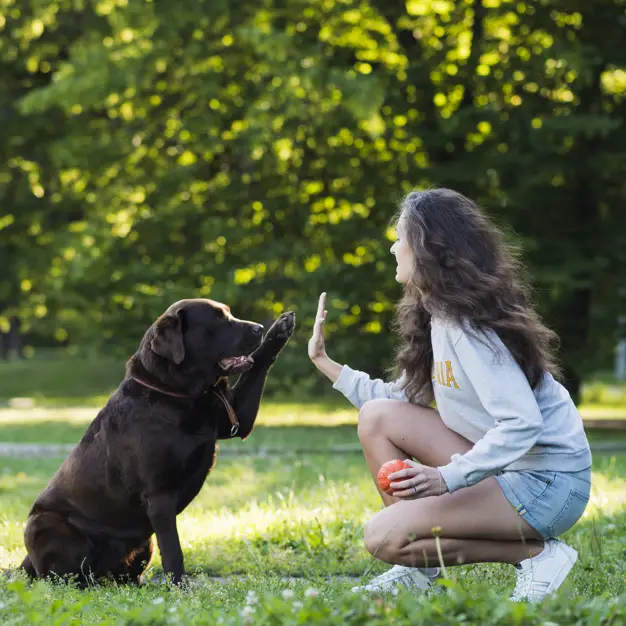While choosing to become a dog owner, you might have looked into a lot of ways to care for your dog and keep it safe. What you might have not realized is that your biggest problem would not be its health but its barking.
Different breeds have different levels of barking. Some breeds are prone to howling, while others are comparatively quieter but can still manage to get on your nerves. Thankfully, it’s a problem that can be tackled with a few tricks.

Why Do Dogs Bark?
In order to stop a problem, you need to know why that problem occurs in the first place. Thus, you need to know the reasons behind your dog’s barking. It can be due to many different reasons:
- Alarm: At times, dogs bark due to any object or movement catching their attention and startling them.
- Territorial: When any person or animal comes close to a dog in the location it considers its territory, it results in excessive and aggressive barking.
- Lonely/Bored: Dogs left alone or not having anything to do end up barking out of sadness or boredom.
- Greeting: Dogs also bark happily when they’re happy to see certain people or animals.
- Attention: Dogs usually bark when they want something such as food or exercise.
- Separation Anxiety/Compulsivity: Dogs also bark when they are anxious and left alone.Compulsive barking occurs when they just want to hear their own voice, which is usually accompanied by pacing.
How to Control Barking
1. Mental and Physical Tasks
One way to treat your dog’s boredom is to give it challenges.This will treat its idleness and use the pent-up energy that’s making it anxious. These are some steps you can take for this purpose:
- Hide treats for it to find throughout the day.
- Freeze its treats for it to nibble on warm days.
- Use toys and puzzles designed specially to keep your pets busy.
- Make your dog’s walks more challenging by bicycling or hiking.
2. Create a Friendly Environment
In order to stop territorial barking, you need to create a friendly environment for the dog. This can be done easily through a few simple steps:
- Create a shade or fence so that the dog can’t look at outsiders coming in or suspect movement.
- Turn on the fan or music. White noise helps calm the dog.
- If indoors, leave blinds and curtains closed or make the windows opaque.
3. Train Your Dog Not to Bark
Although not easy, it is possible to train your dog not to bark or desensitize it to the stimuli that encourage barking. Dogs are more responsive to positive reinforcement, so treating the dog when it does not bark reinforcesthe behavior. You need to take hold of the situation and show your dog who’s boss.
If you can’t figure out how you can train your dog, here are some methods you can use:
- Give treats for positive behavior, but ignore your dog when it barks to make it realize barking isn’t going to get it attention.
- If seeing other people or animals stimulates barking, make it socialize with them more often to get rid of its anxiety. Again, treat good behavior and ignore the barking.
4. Professional Help and Gadgets
Bark collars help by using a citronella shot, a tiny shock or a small noise in order to stop the dog from barking. They’re a controversial topic in the pet community but very useful in dealing with excessive barking problems.

The biggest disadvantage is that they don’t solve the underlying cause for barking and neither does it condition the dog to behave any better.
Other than this, pressure wraps can be used while dealing with compulsive or anxious dogs in order to make them feel calmer and more secure. They apply gentle pressure to calm down the dog and make it comfortable. Many dogs don’t respond well to such gear, so it’s necessary to treat and praise them while they learn to adjust to it.
Other than this, pressure wraps can be used while dealing with compulsive or anxious dogs in order to make them feel calmer and more secure. They apply gentle pressure to calm down the dog and make it comfortable. Many dogs don’t respond well to such gear, so it’s necessary to treat and praise them while they learn to adjust to it.
If none of these techniques help, you’d need to hire a canine professional in order to give you the help required. They will find the cause for your pet’s excessive barking and train it to calm down in a more peaceful manner.
My Dapple puppy is all over visitors she knows for the first few minutes. I tell them to acknowledge her. Then she calms d o an as soon as they do.